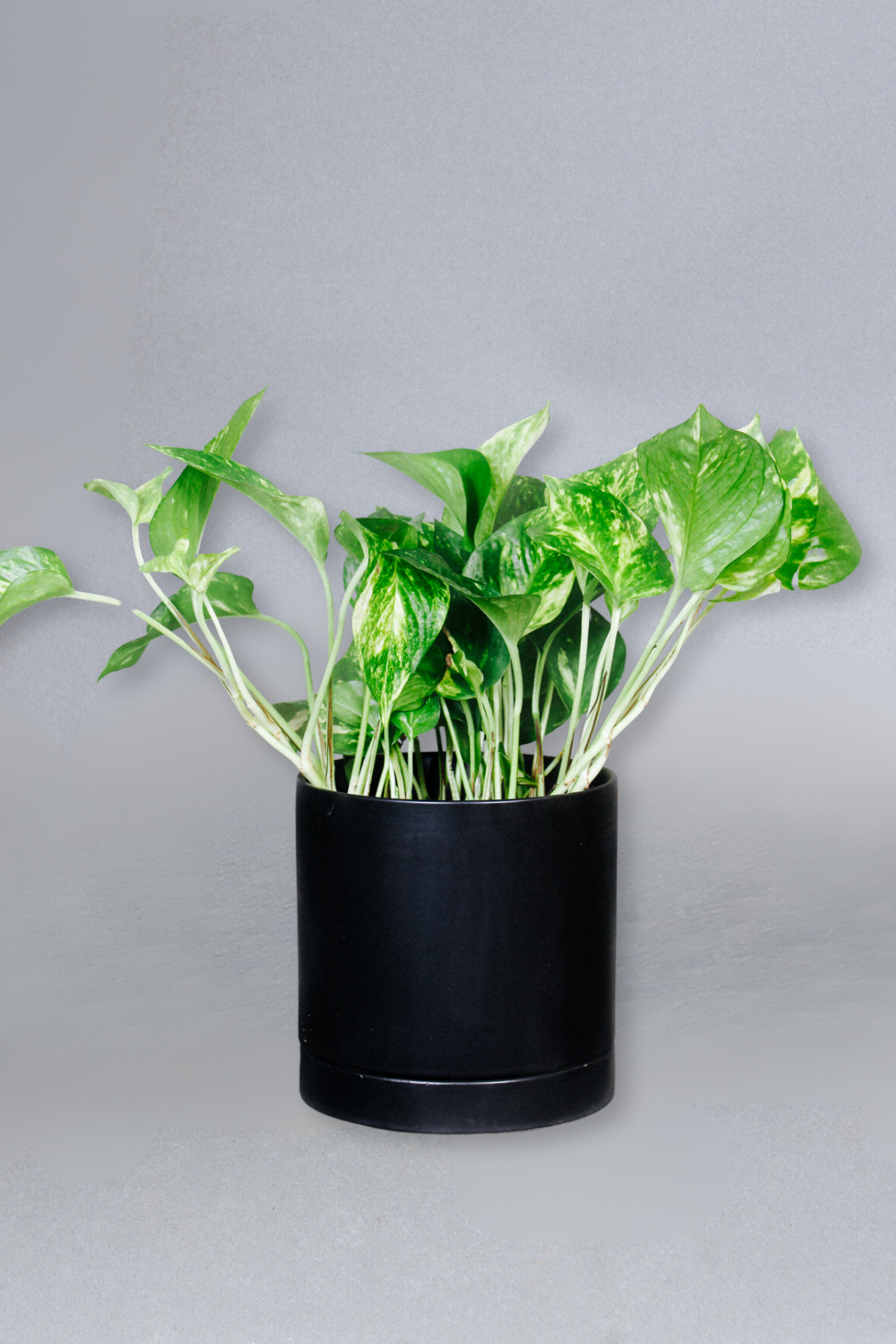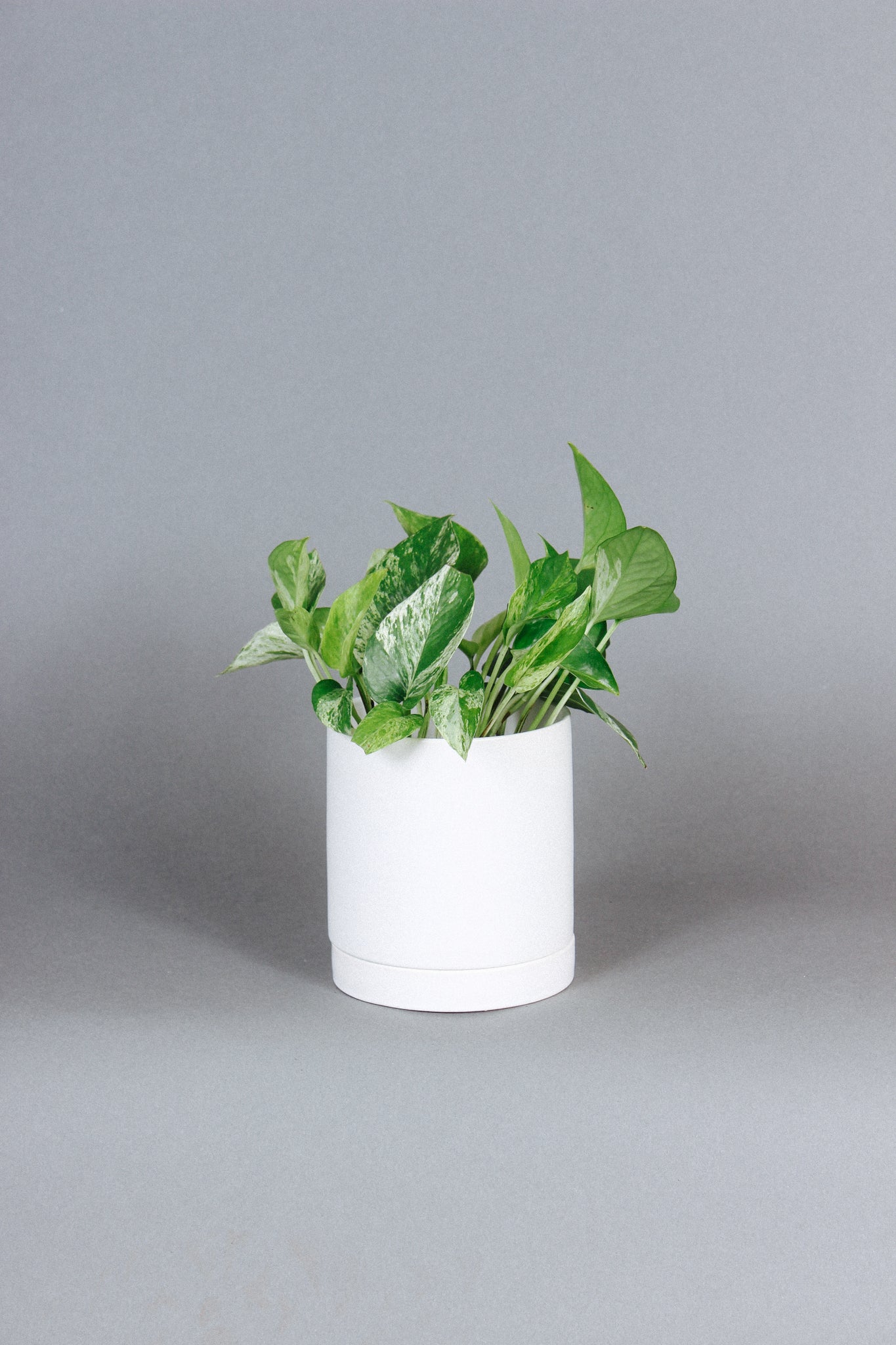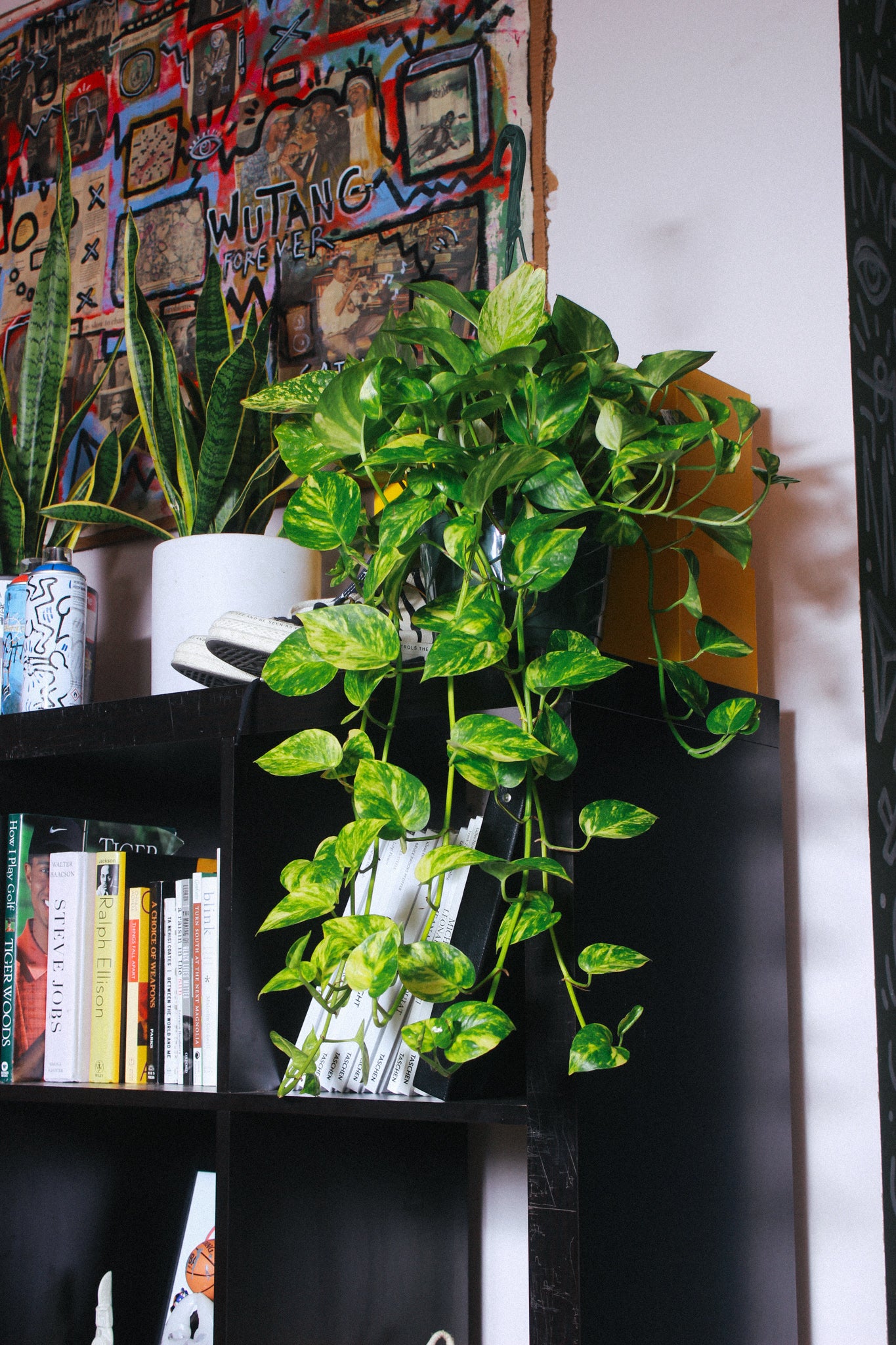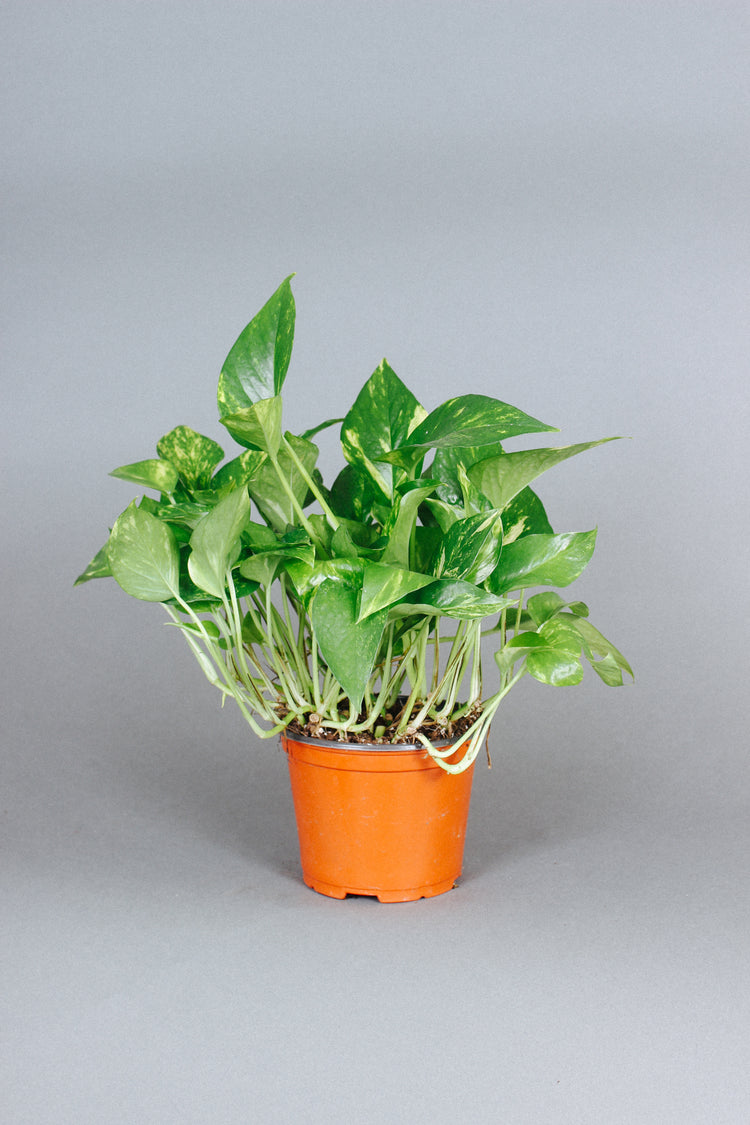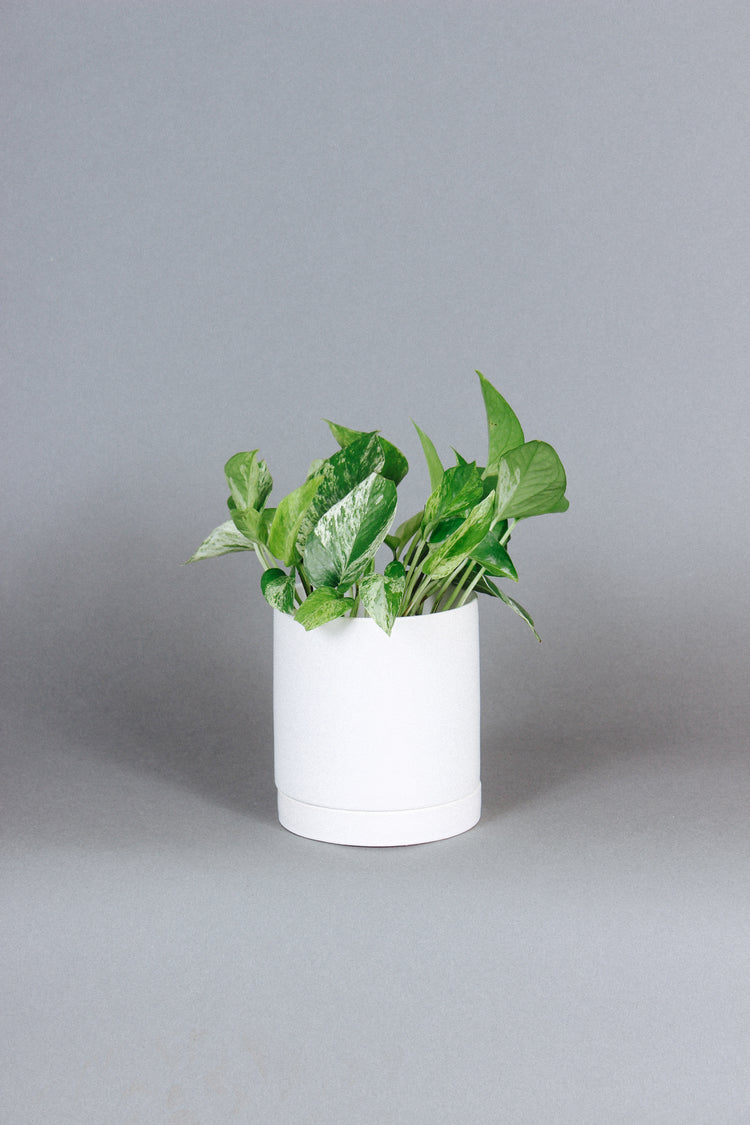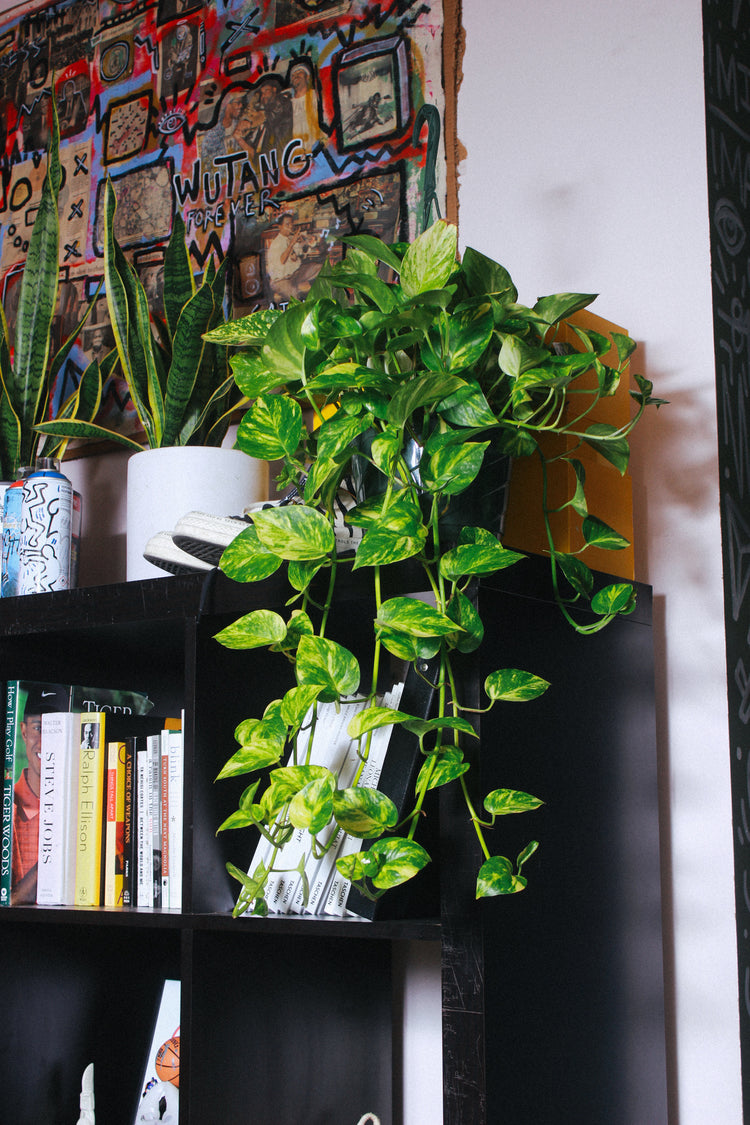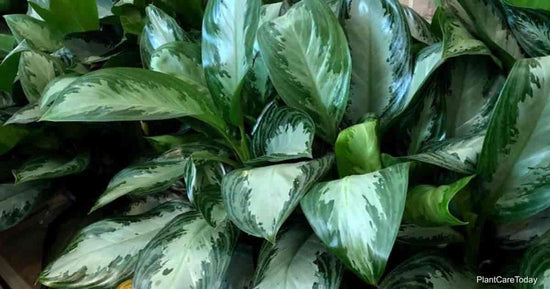How to Care For a Swiss Cheese Plant
The Monstera Adansonii is popularly known as the Swiss Cheese Plant, thanks to its fenestrations that resemble the holes of a Swiss Cheese wedge. This climbing beauty is native to the tropical climates of North and South America. Here’s our guide to perfect Swiss Cheese Plant care:
Maintenance: Intermediate | Climate: Tropical | Light: Bright + Indirect | Watering: Consistent | Pet Safe: No
Characteristics
The Swiss Cheese Plant is a vining Monstera with glossy, deep green, heart-shaped leaves. Their leaves develop several small “holes” (called fenestrations) early on, giving it the common name “Swiss Cheese”. Its beautiful leaves give off a velvety appearance, and with age + care, this plant will trail or climb.
Light
The Swiss Cheese Plant prefers bright and indirect light. Under properly lit conditions, this plant will be a fast grower. They can tolerate lower light; however, you may notice slow growth and leggy vines without sufficient brightness. Direct sunlight will cause leaves to burn.
Water
The Swiss Cheese Plant likes slightly moist soil without being wet. It’s best to water after the top 2 inches of soil have dried. To mimic the rainfall it would experience in nature, water generously, allowing it to drain out into a saucer and soak for 5-10 minutes. Discard any excess water left in the saucer. Reduce the frequency during fall and winter while the plant rests.
Air
To keep your Swiss Cheese Plant happy indoors, maintain temperatures above 65° and provide extra humidity. Keep it in an area with good air circulation and avoid putting it in the path of any drafts, like air vents or windows.
Increase humidity levels around your plant using any of these methods:
- Mist the leaves with water 3-5x per week
- Add a pebble tray underneath the pot.
- Place a humidifier nearby.
- Place it in the bathroom or kitchen, if proper lighting is available.
Potting & Soil
The Swiss Cheese plant thrives in well-draining soil that also retains moisture. This is achieved by mixing beneficial amendments into your standard potting soil. Additions such as sand, coco coir, and perlite improve drainage while also holding onto vital moisture.
This plant does well in a ceramic planter with a drainage hole for optimal moisture balance. It can be repotted about every other year, increasing planter size by 2” or as needed. Throughout the growing season, treat them with diluted fertilizer monthly or use natural fertilizers to boost growth and health.
Seasonal Care
Winter can be tough on tropical plants, even when indoors. Here are some important seasonal care tips for your Swiss Cheese Plant:
- Maintain high humidity levels during the Fall and Winter when indoor air can be very dry.
- Reduce the frequency of waterings during the Winter. Use your finger to check soil moisture levels and water when the top 2 inches of soil have dried.
- Avoid cold air drafts by moving your plant away from windows and air vents.
- Only repot during the winter if absolutely necessary. Repotting is disruptive to its natural rest cycle.
Propagation
Swiss Cheese Plants can easily be multiplied via stem cuttings to create more plants or to fill out your current pot.
To propagate a Swiss Cheese Plant from stem cuttings:
- Select a stem that is 4+ inches long, with healthy leaves and multiple nodes (small brown stumps that grow on the stem).
- With clean shears or scissors, make your cut just below a node, at least 4 inches down the stem.
- Place your stem cutting(s) into a glass of clean water and set them in bright and indirect light. Remove any lower leaves submerged in the water.
- Replace with clean water regularly. Pot your cuttings into soil once roots have grown at least two inches in length.
Placement
Swiss Cheese plants symbolize long life and are often gifted to elders as a sign of respect and honor. We encourage you to combine this symbolism with your needs and the needs of the plant. Swiss Cheese plants are great to place in your bathroom, at your altar, meditation space, or area where you exercise. Be sure that the plant’s needs are met, especially bright and indirect light.
Common Problems
Seeing unpleasant changes on your beloved Swiss Cheese? It happens to the best of us. Troubleshoot some of its common problems below.
YELLOW LEAVES
Yellow leaves on a Swiss Cheese plant are often a water imbalance, from either under or overwatering. Older leaves commonly yellow off to make room for new growth. Remove any yellow leaves and water only when the top two inches of soil are dry.
BROWN EDGES
Brown edges on a Swiss Cheese signal dry air, underwatering, or direct sunlight. They prefer consistently moist soil, high humidity, and indirect light
BROWN SPOTS
Brown spots in the center of your Swiss Cheese may be scorched from direct sunlight. Prune any damaged leaves and remove the plant from direct sunlight. See our quick 101 on light types here. Spots that spread from leaf to leaf can be a sign of fungus.
LEGGY STEMS
Stems that grow long without many leaves (“leggy”), signal that light levels are too low. Make sure it is placed in bright and indirect light.
LEAVES AREN’T GROWING HOLES
Healthy Swiss Cheese plants will develop fenestrations (holes) on each leaf. If your plant is very young, this development may take time. Mature plants without holes signal low lighting, low humidity, or other missed care (such as infrequent watering).
WILTING, DROOPY LEAVES
Drooping is often a sign of thirst - check the soil moisture first. If the soil is wet and your plant shows wilting, dark spots, yellowed leaves, or weakened stems, it may be a result of root rot. Root rot is a cause of overwatering, poor drainage, or air circulation.
- Treat with a mixture of 1 tablespoon of 3% Hydrogen Peroxide per 1 cup of water. Pour directly into the soil after it has been allowed to dry out.
- Remove the plant from its pot and discard the contaminated soil.
- Rinse roots with clean lukewarm water.
- Disinfect the pot by soaking in a diluted vinegar solution with warm water for 10 minutes.
- Rinse well, dry, and repot the plant with fresh soil. Water only when the top two inches have dried.
Other Important Care Tips
- Swiss Cheese plants are not safe for pets.
- Because Swiss Cheese are climbing plants, they are happiest when provided with a supportive stake or pole to climb.
- For a bushier Swiss Cheese plant, prune long stems back just below a node (small bumps that grow along the stem). You can even propagate in water to plant back into the pot - for an even fuller look!
-------
Questions about Swiss Cheese Plant care? We'd love to answer them!



